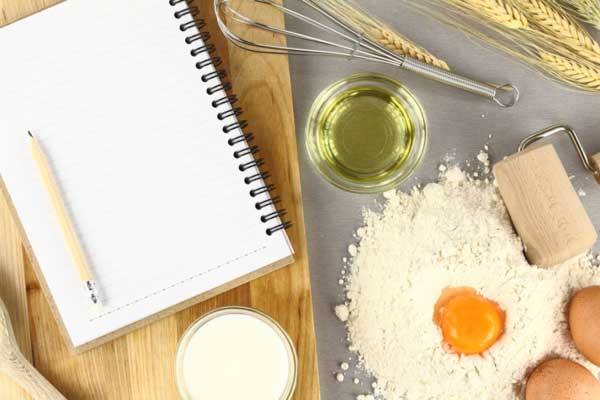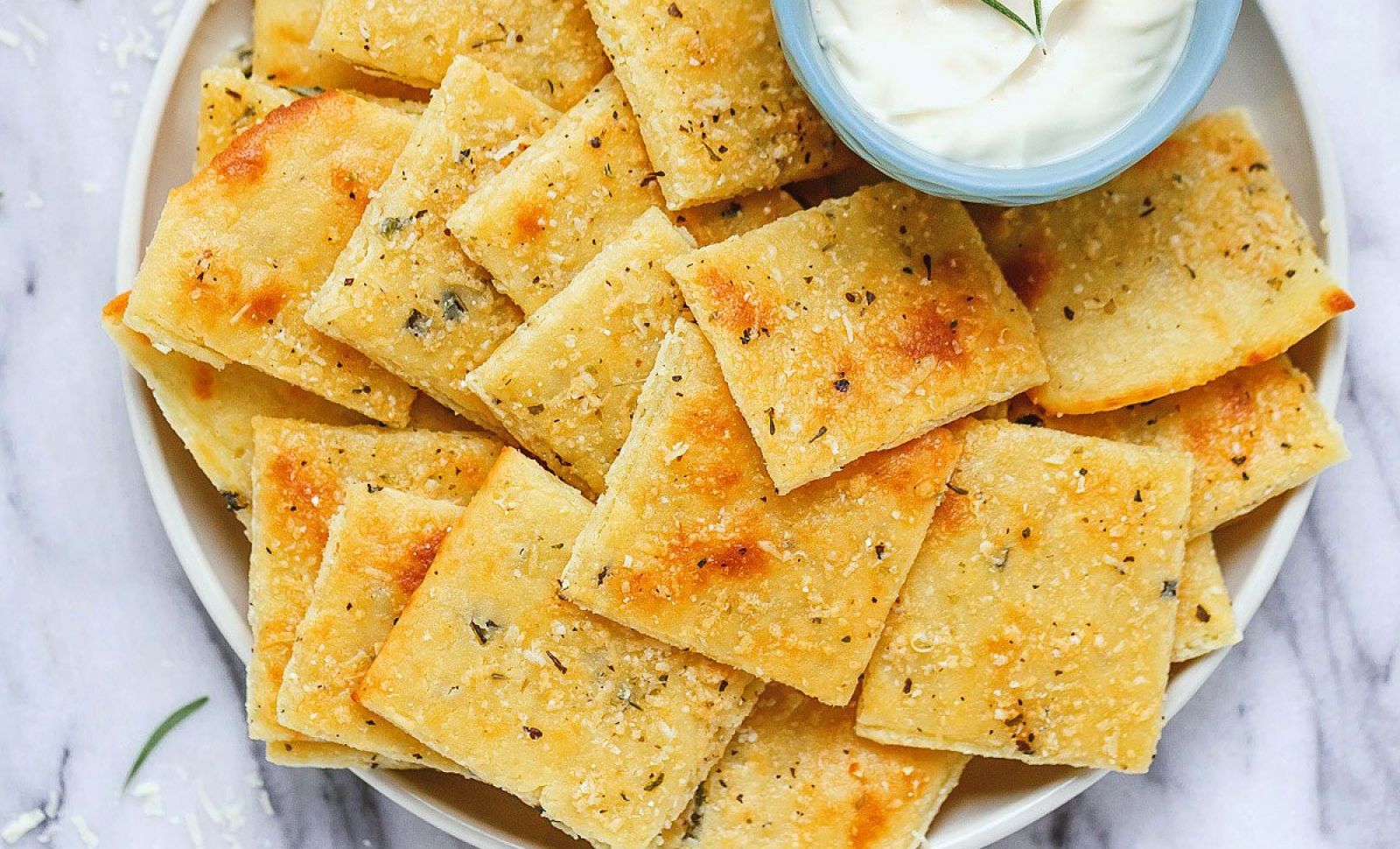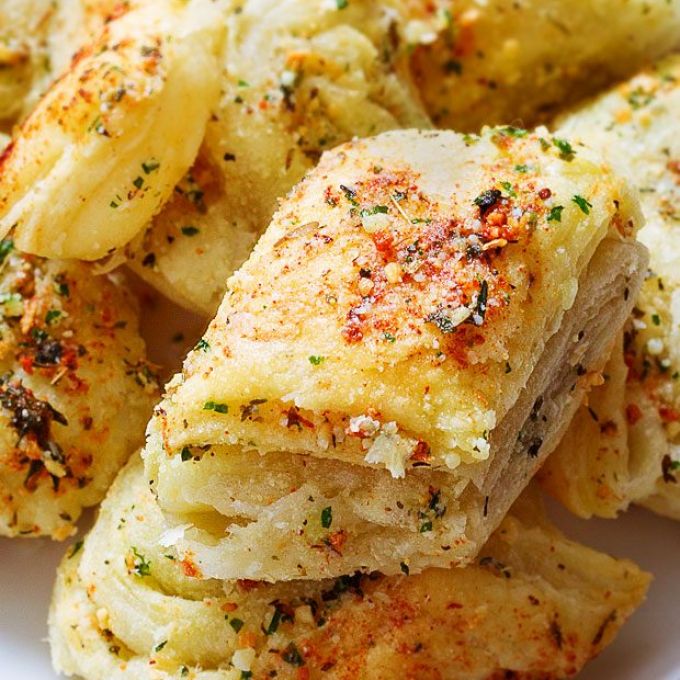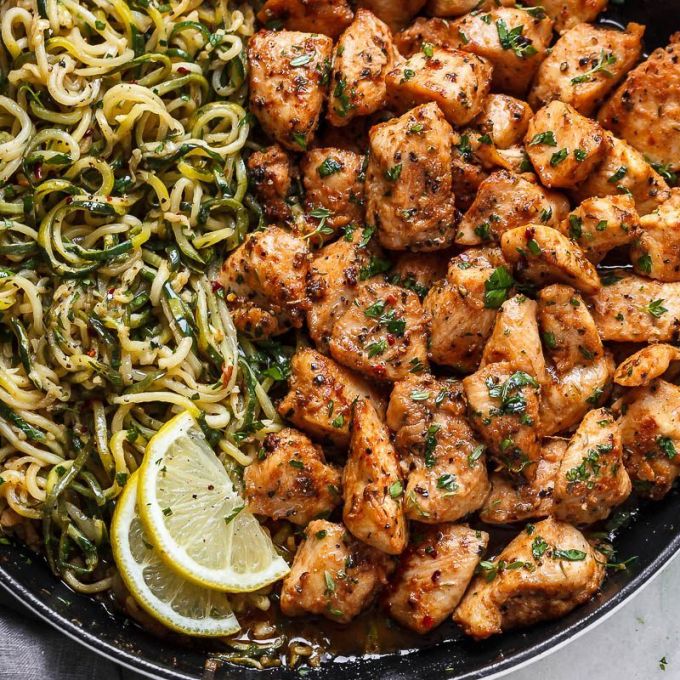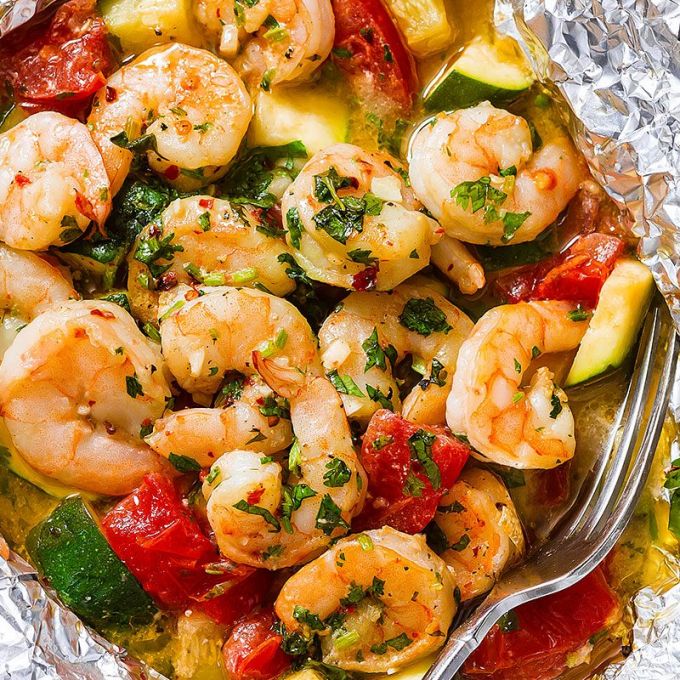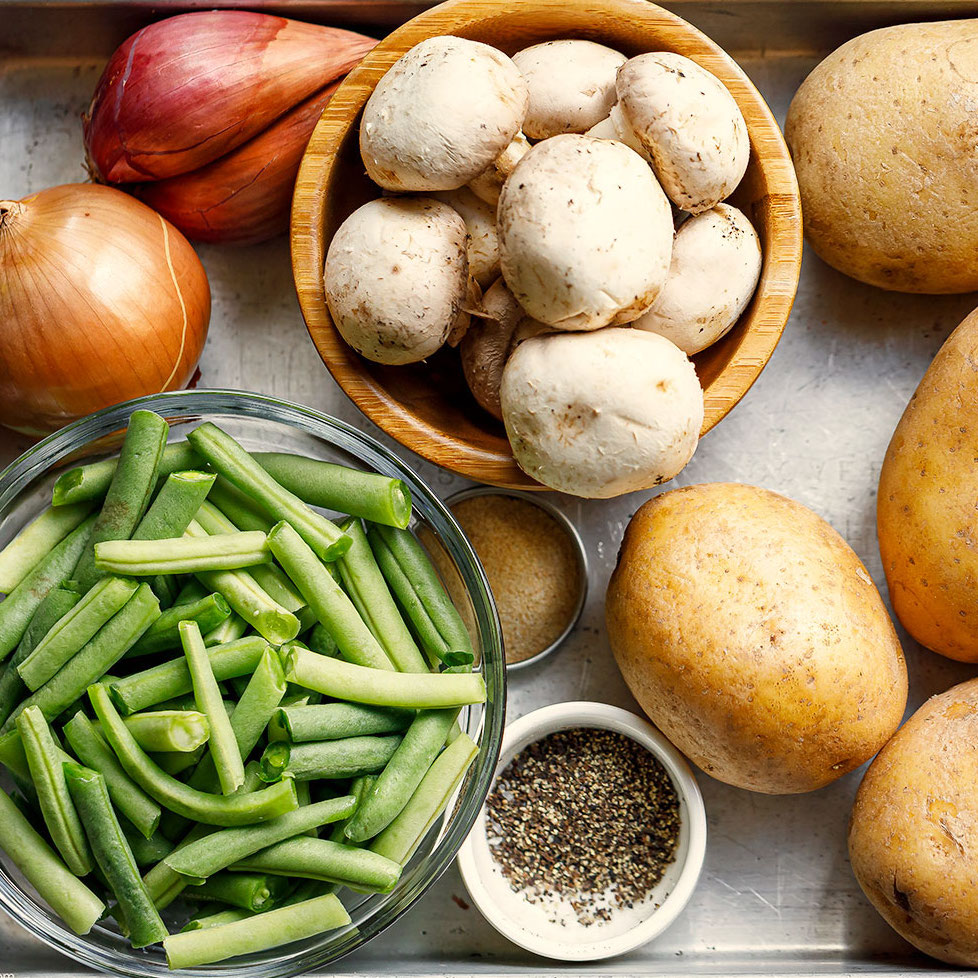You have probably noticed that many recipes given by chefs are full of incomprehensible jargon. Indeed chefs cook have their own “language”.
Here is a small glossary of words and expressions that you are likely to find regularly in cookbooks and recipes.
Add liquid: Add a liquid to a culinary preparation.
To cover with liquid – Filling a receptacle with liquid, until the content is just covered.
Arrange on plate – Or “plating” a dish. Setting up prepared food on a plate which will be served directly at the table in front of your guests.
Bain Marie or double boiler – Heating something over hot water without direct contact with heat.
Stock or Fond – Concentrated stock of various meats, vegetables and spices usually used as a base for sauces.
Blanch – Blanching. Plunging briefly an ingredient (usually vegetables or fruit) into boiling water for a very short time, and …
Brunoise – Cutting a product into very small even cubes.
Clarify– Removing the solids from a mixture to obtain a clear liquid.
Clean (trim) – Cleaning, removing inedible parts. Just like peeling (or scrape) carrots, cut off ends.
Cut, chop or snip
Cut in fairly thin slices or strips. Example : to chop (or cut) coriander means cutting coriander leaves into fine strips.
Deglaze
Deglazing. Pouring a little liquid into a pan where cooking (meat generally) has left a deposit (the glaze) on the bottom, then scraping with a wooden or silicon spatula to free all the juices and mix them with the liquid. The liquid used is most often wine or stock but it can be vinegar or lemon juice. The resulting mixture can form a base for a sauce to accompany the food cooked in the pan.
Dry roasting
Dry roasting, usually seeds (sesame, linseed…) or nuts (almonds, walnuts…), means heating without water or fat, in the oven or a heavy pan, to drive off all water they contain. It make seeds crunchier, very pleasant in the mouth, with an improved flavour. Example: dry roast almonds in the oven.
Finish a sauce
Adding a cold butter to a hot liquid little by little while beating with a whisk to make a smooth sauce.
Fumet
Similar to a stock or “fond”, but made from fish.
Ganache
A mixture of melted chocolate with cream or milk, which allows it to keep a soft consitency which doesn’t catch when cooling. It can be used as a coating for various sweets.
Garlic en chemise
Said of garlic cloves which are used without being peeled (“in its shirt” in French). When cooked or baked, garlic flesh forms a smooth and fragrant paste.
Glaze
To coat food with a thin, liquid, sweet or savory mixture that will be smooth and shiny after setting.
Ingredient
Everything used as a raw material in the kitchen: vegetables, meat, fish, spices, fruit… It is said that good cooking starts with good ingredients.
Julienne
Cutting an ingredient into small thin sticks.
Line, lining
Coating the bottom of a recipient with an ingredient or a preparation. Eg: Lining a tart mould or tin with a circle of pastry, lining pasta sheets to make lasagna.
Meaning :
Line mould or tin with circle of sweetcrust pastry, press it well into bottom and sides, then trim off excess around edge.
Mirepoix
Cutting a product into dices. Dicing vegetables into large cubes.
Mixture or batter
Preparation with several ingredients.
Poolish
Poolish is a fermented batter, generally a mixture of water, flour and yeast which acts as a leavening agent for various kinds of bread dough. We count distinct bread types, depending on the rising agent: yeast-raised bread, poolish bread, and leavened bread.
Puncher
Puncher is the act of soaking a biscuit with a liquid, usually a syrup or alcohol, to make it less dry and add flavor.
Reduce
Reducing: leaving a liquid on heat until it reduces by evaporation, to the desired volume. As water evaporate, the other components of the mixture are more concentrated, thus enhancing the taste.
Scraps
Scraps, inedible parts. Applies to vegetables, fruit — skins, core —, meat — bones, veins, skin — and fish — heads, skin, bones —. Scraps are the results of peeling, trimming, gutting etc…
Seasoning
Add salt, pepper, herbs, spices or condiements to a preparation to enhance its taste. To “adjust seasoning” means checking the taste of the dish while preparing and adding the needed ingredient accordingly.
Sieving
To pass a powder through a strainer with a fairly tight mesh, to ensure that it results in only a fine powder and no bits or lumps.
Sweat in butter
Briefly cook vegetables in a little butter or oil until they become slightly transparent.
Without colouring
Removing something cooking from heat, just before it begins to brown. Frequently refers to cooking onions and shallot in a little butter or oil. The aim is to cook them gently without letting them fry and brown.

 New: Meal Planner
Plan your weekly meals instantly from anywhere on the web
Try the Meal Planner!
New: Meal Planner
Plan your weekly meals instantly from anywhere on the web
Try the Meal Planner!
